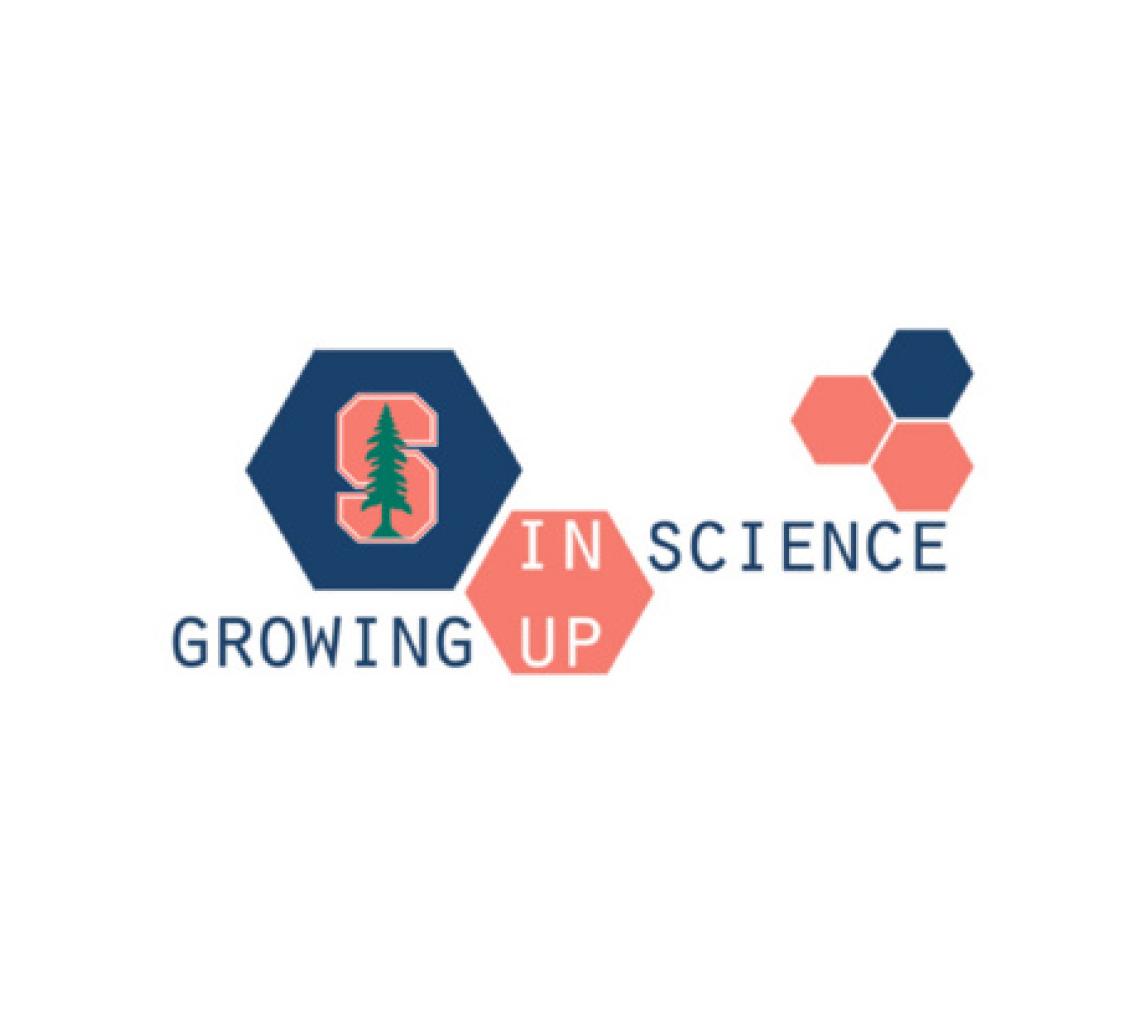Event Details:

Growing Up in Science (GUIS) is a new-to-Stanford discussion series. In each session, one faculty member will share the personal side of their individual journey through academia. The stories shared will focus on the struggles, doubts, weaknesses, and failures we all face as young scientists. The series aims to normalize discussing these personal and interpersonal challenges, and supporting one another through them. No science will be discussed! GUIS is exclusively an in-person event.
More information about this cross-university series can be found here.
Miriam’s Official Story
Miriam B. Goodman is a professor of Molecular and Cellular Physiology and the Neurobiology department chair at Stanford University. She earned her PhD in neurobiology from The University of Chicago, and received postdoctoral training first at the University of Oregon, and later at Columbia University, where she worked with Martin Chalfie. Miriam started her independent laboratory at Stanford in 2002. Throughout her research career, Miriam has studied the molecular, physical, and genetic basis of mechanosensation — including hearing, nociception, proprioception, and touch. With collaborators in the physical sciences, she develops devices and sensors to deliver and measure forces in the nervous system. Miriam is currently supported by an Outstanding Investigator Award from the NINDS, and her research has been recognized with numerous awards. These include the Kate and Michael Bárány Award from the Biophysical Society (2014) and the Eppendorf and Science Prize in Neuroscience (2004), among others. Miriam is also an award-winning educator, diversity advocate, and mentor. Her efforts in these domains have been recognized by the Story C. Landis Outstanding Mentor Award (2019) and the Sharona Gordon Award for Transformational Leadership (2021).
Miriam’s Unofficial Story
Miriam grew up a bike ride away from the NIH in Bethesda, MD, where she had a number of research experiences during high school. These culminated with work in the laboratory of mathematical biology at NCI. The lab’s researchers couldn’t imagine what a high school student might be able to do, but the administrative staff took her on to code an order tracking database. Her work apparently didn’t stink, since the lab’s scientists hired her for 3 summers to work on protein structure and pharmacokinetics coding projects. As an undergrad at Brown, Miriam tried out for the women’s soccer team, played in the marching band, took a lot of neuroscience courses, and majored in biochemistry. After graduating, Miriam started a post-bac position at the NIH and applied to graduate schools, but didn’t get in anywhere. Thinking that better GRE scores would help, she convinced the local Kaplan test center to hire her as a GRE and SAT test prep teacher. That (or something else unknowable) seemed to help because Miriam got into to all the neuroscience grad programs she applied to that second cycle. She enrolled at the University of Chicago and began working in the lab of Jon Art, who happened to live next door to Miriam’s sister, which meant a continuous cycle of colds between the three households every winter. When her 5-year HHMI predoctoral fellowship expired, and her PI didn’t get tenure, things got even more complicated. This is one reason why she decided to take on a risky postdoc developing impossible methods for recording from tiny neurons in C. elegans. Over two postdocs, six years, and 3000 miles, Miriam and her collaborators succeeded in recording from C. elegans neurons, including touch receptors. Since 2010, Miriam has worked to educate scientists about factors that limit diversity and inclusion in STEM, and helped students to overcome these limitations. In 2020, she partnered with former neuroscience grad student Sammy Katta to mount the “In this lab, we believe…” social media campaign. Customized posters now adorn dozens of STEM research labs, but the original poster (OP) can still be found hanging outside her lab.